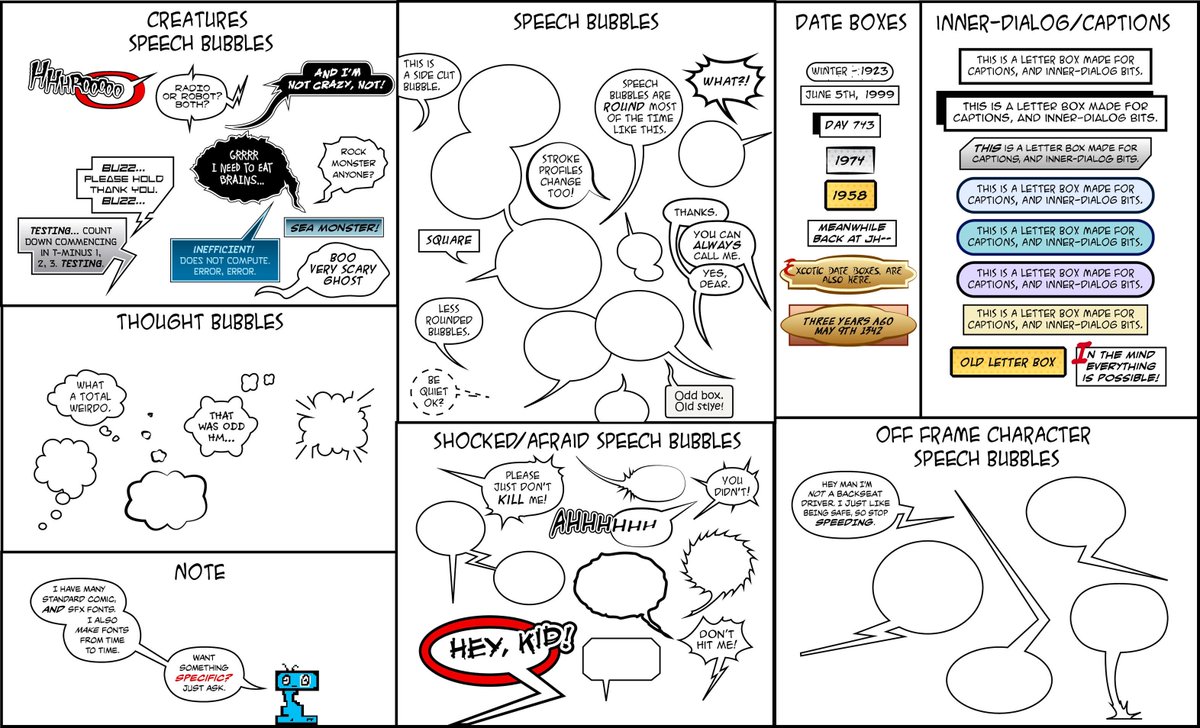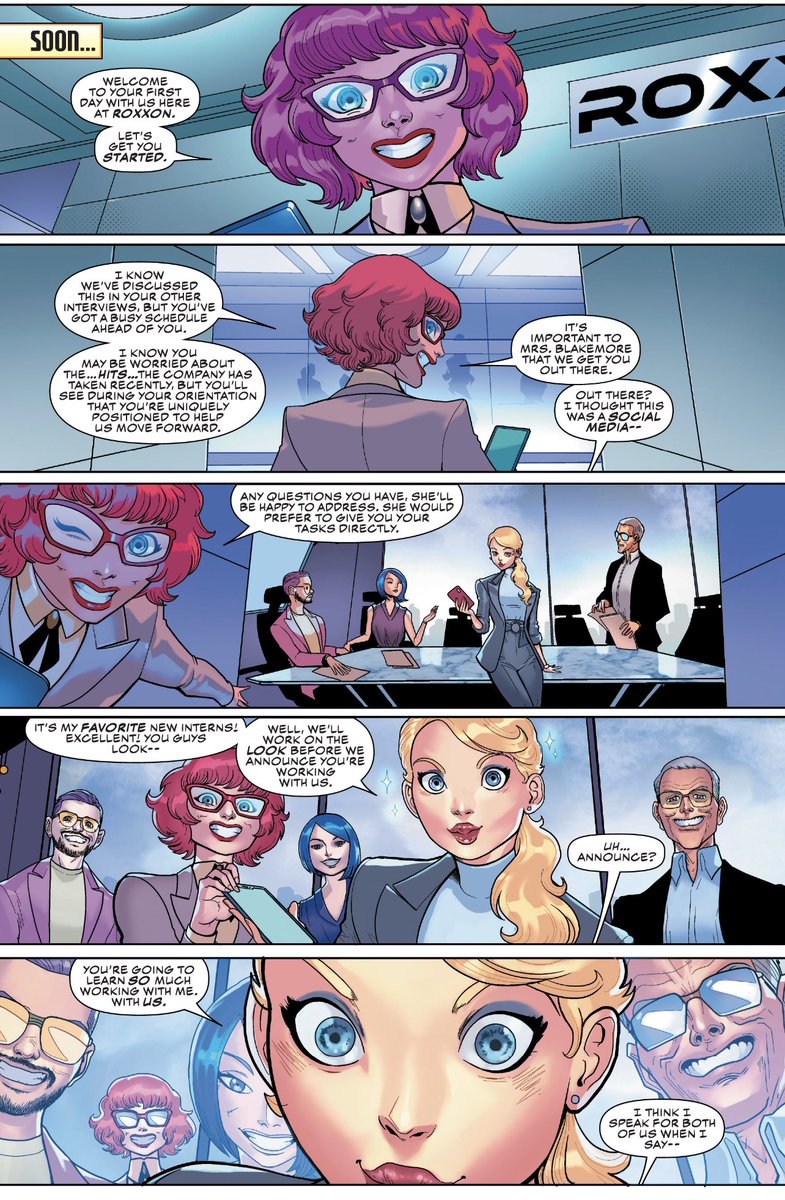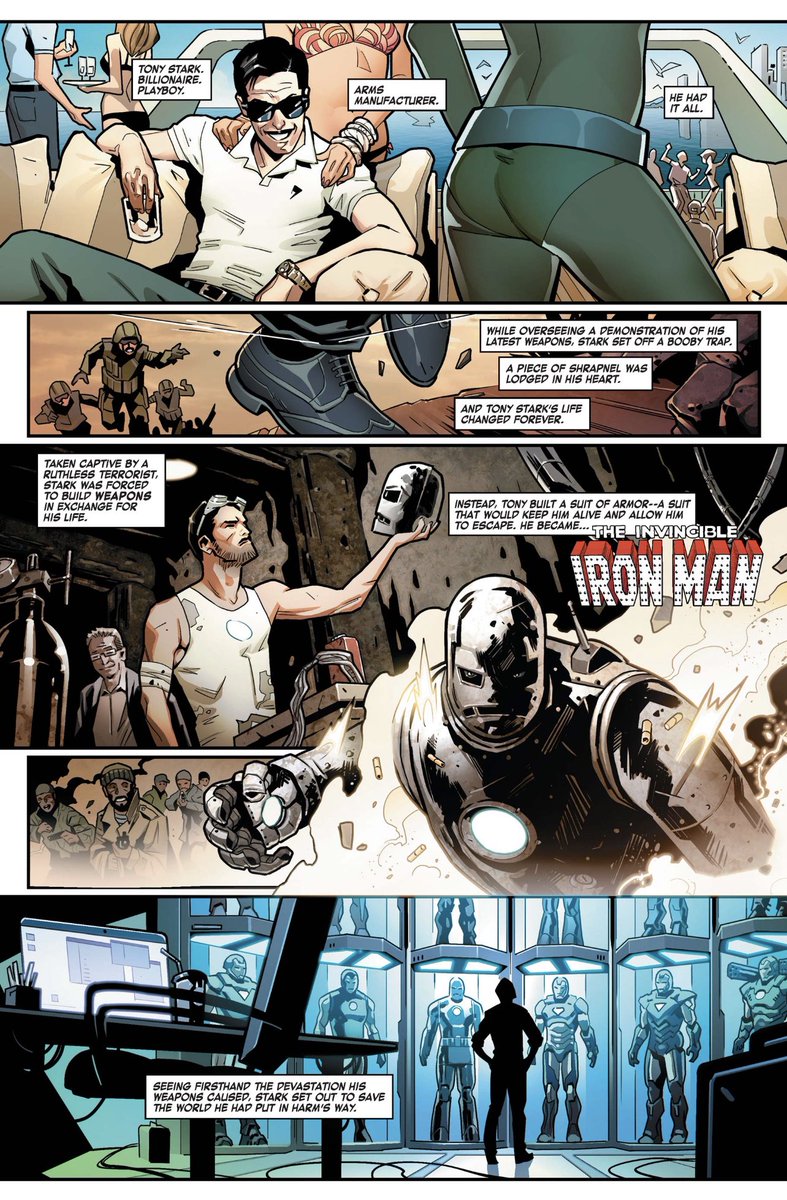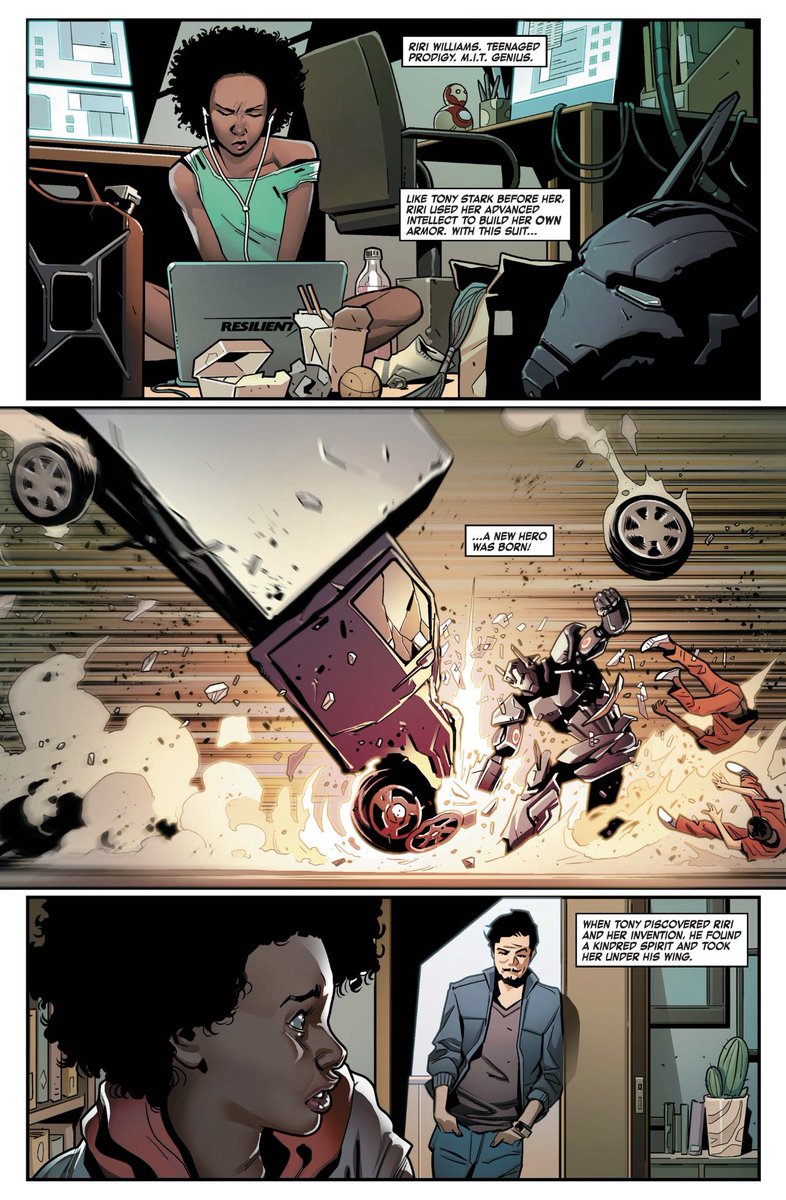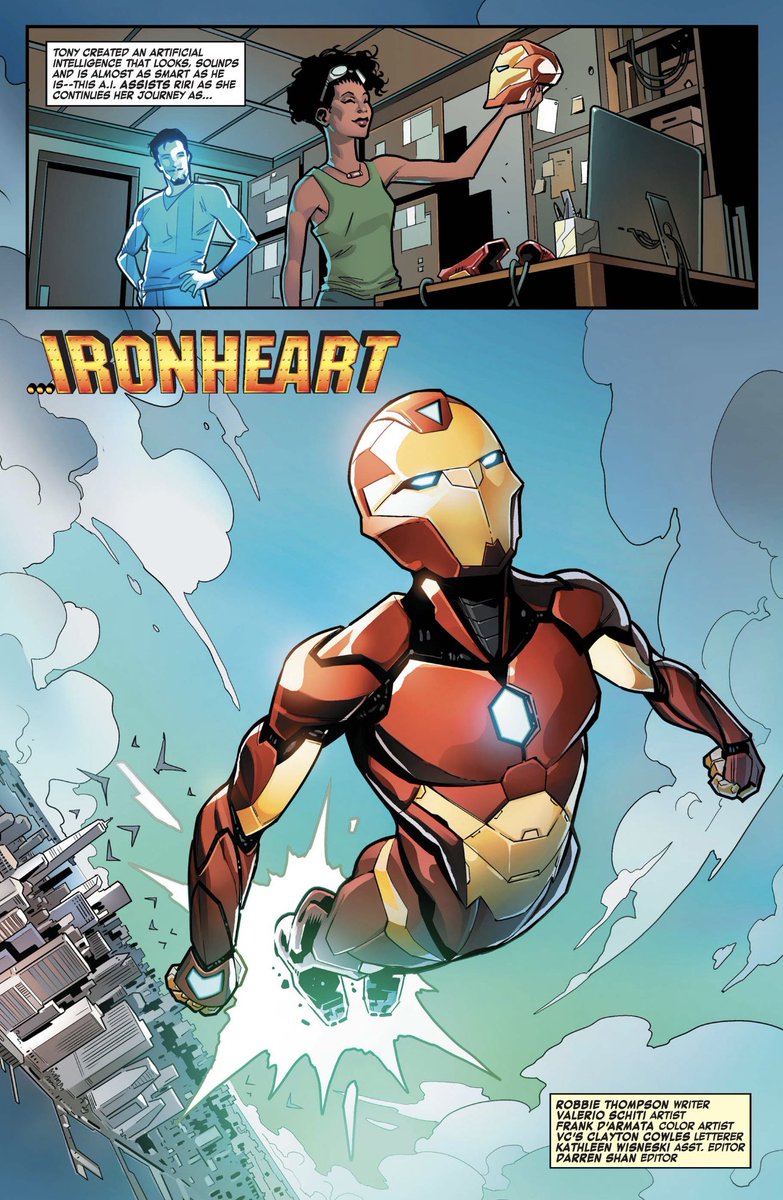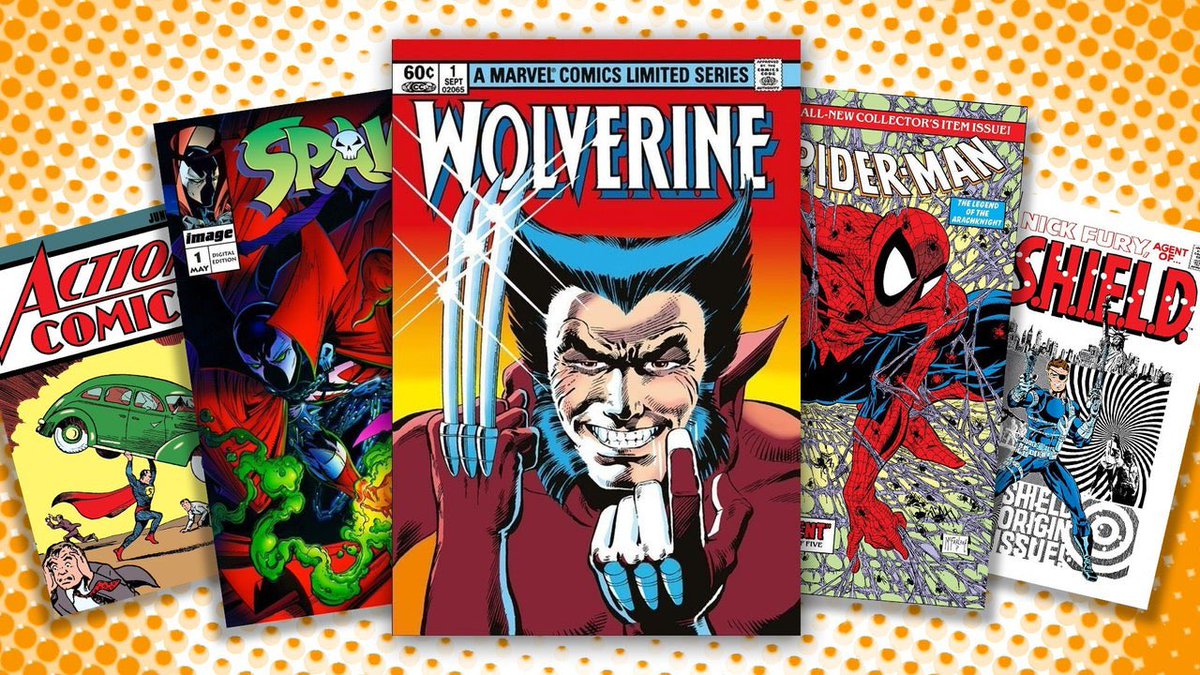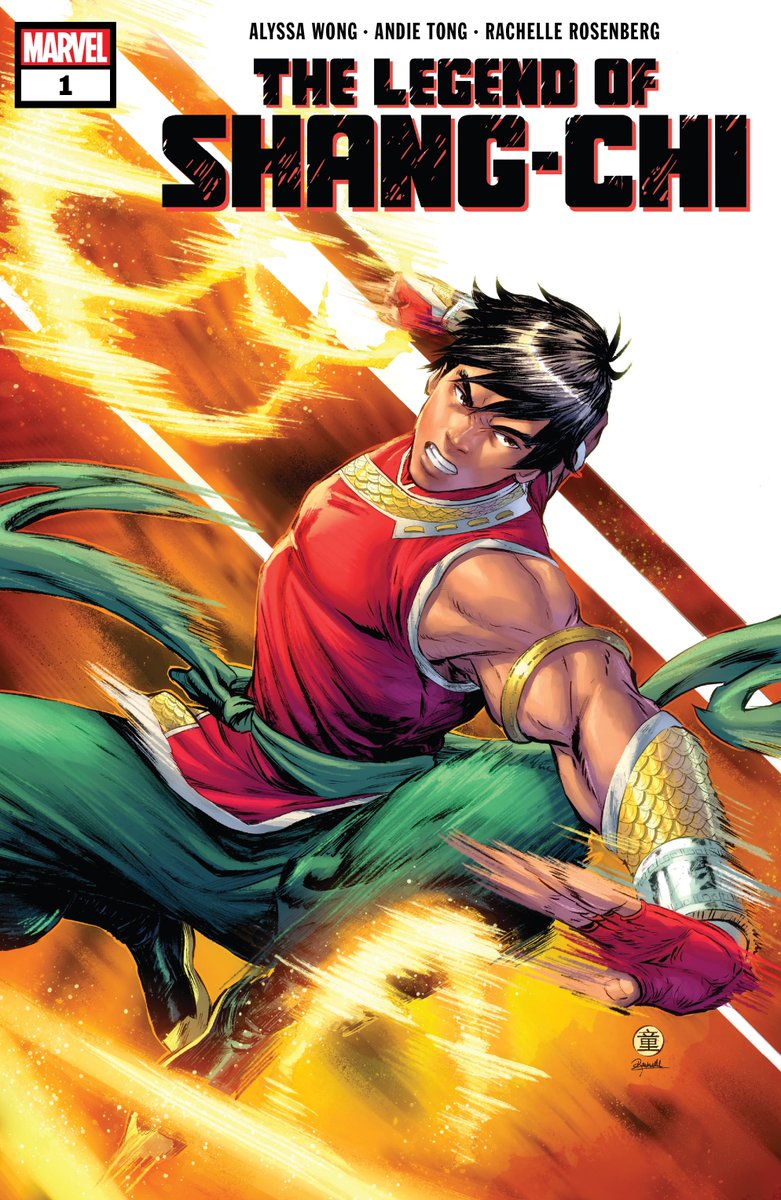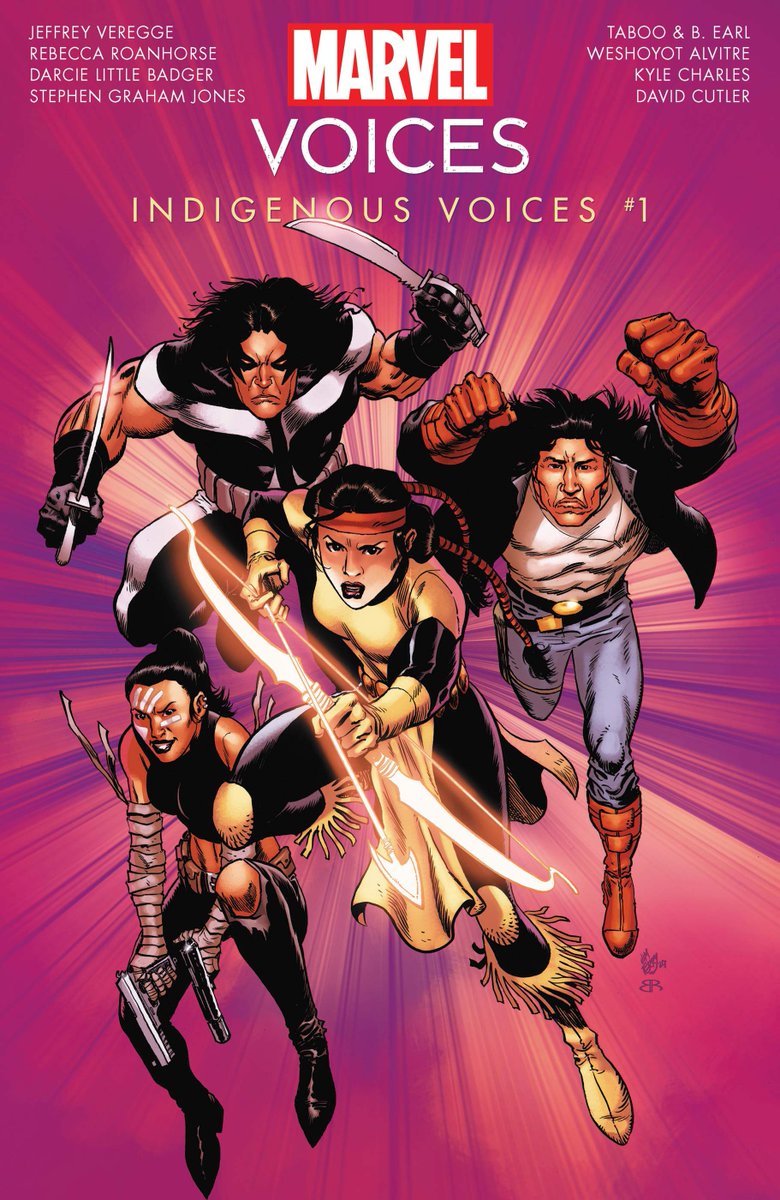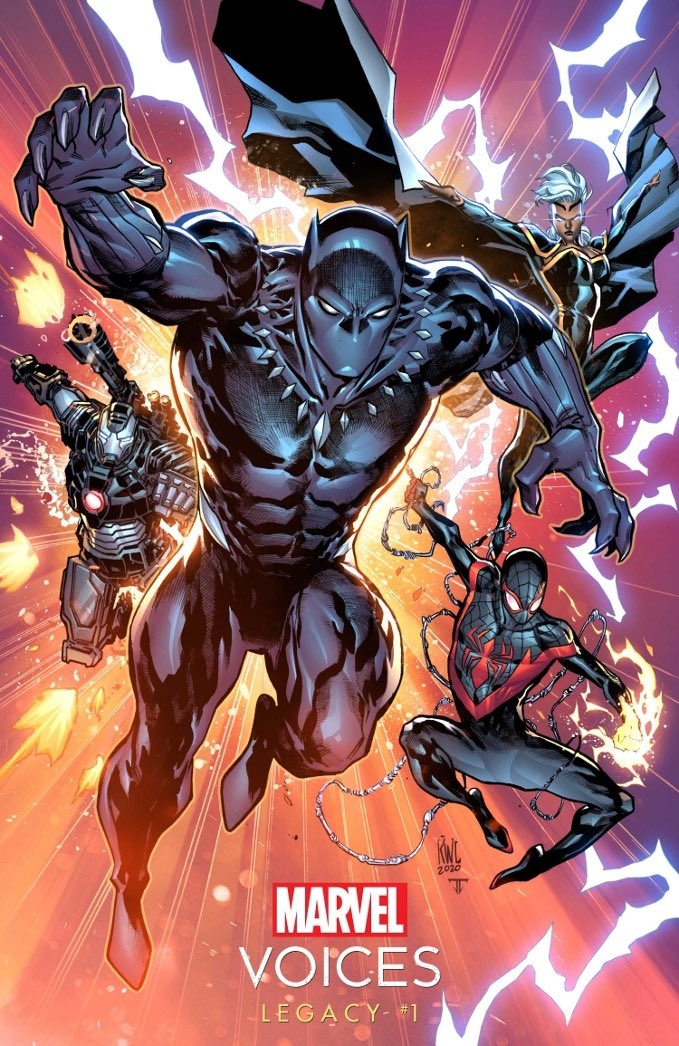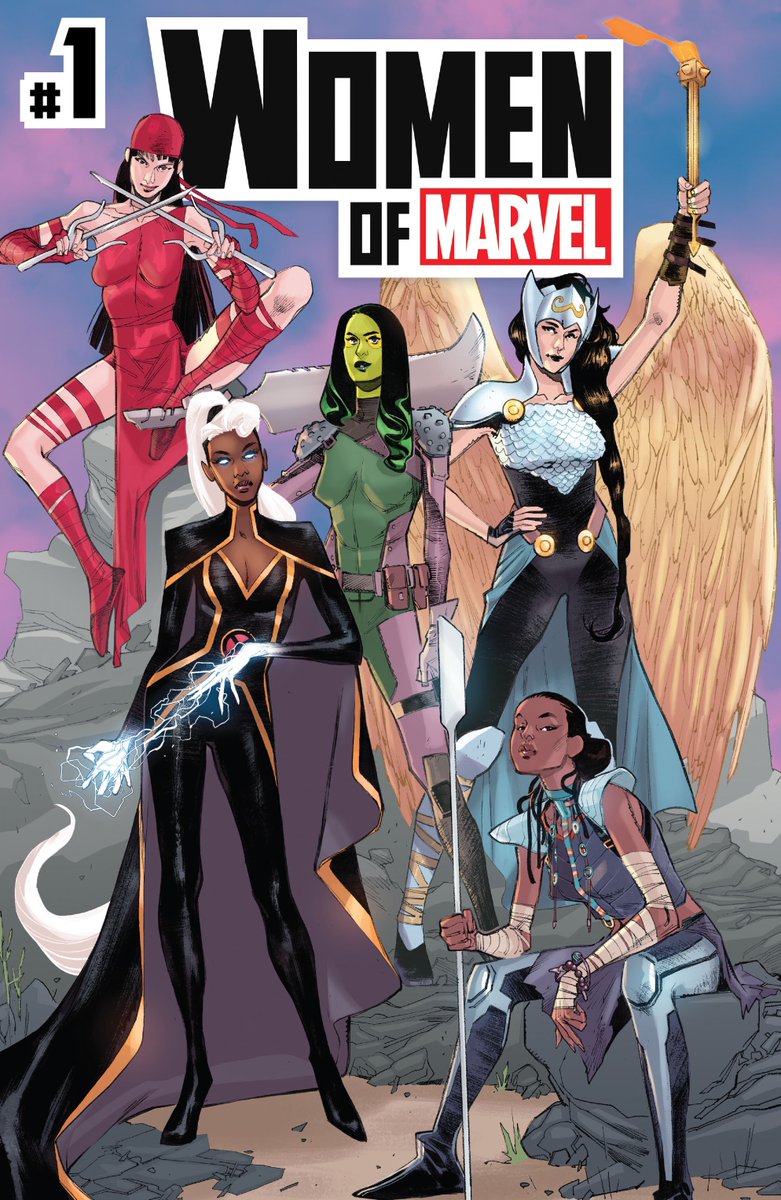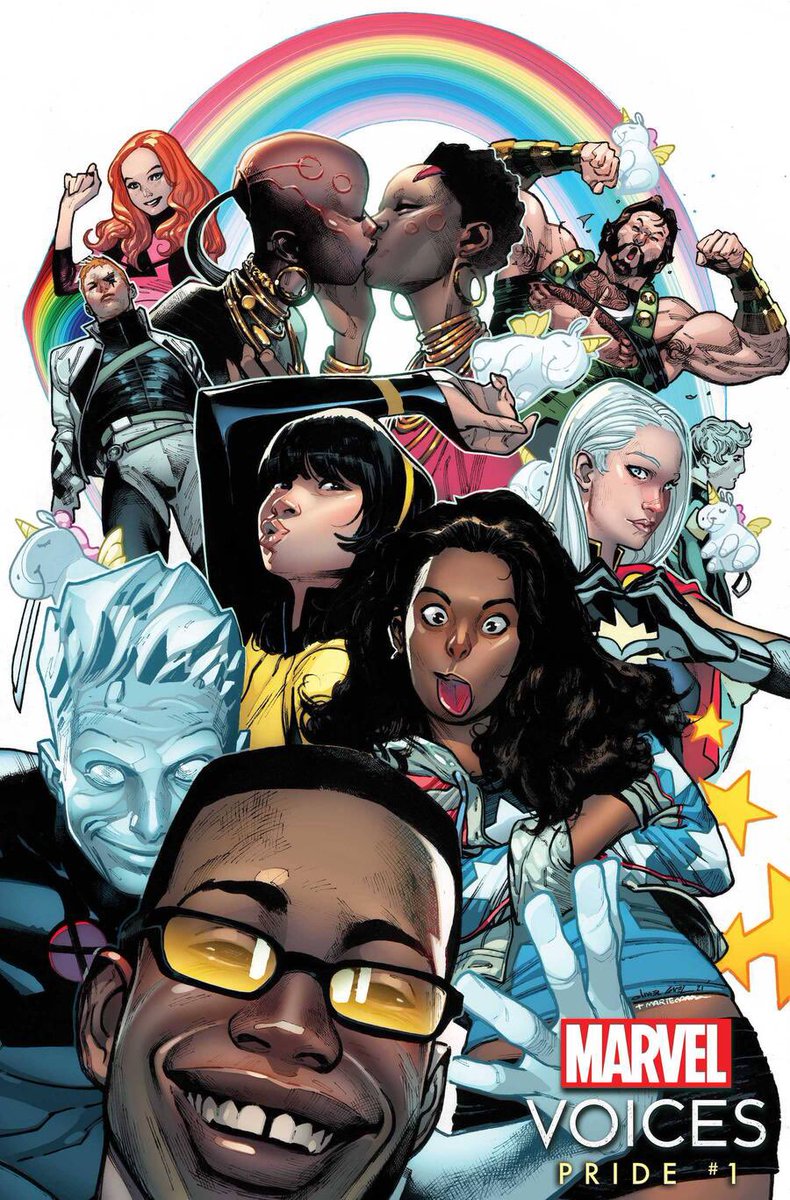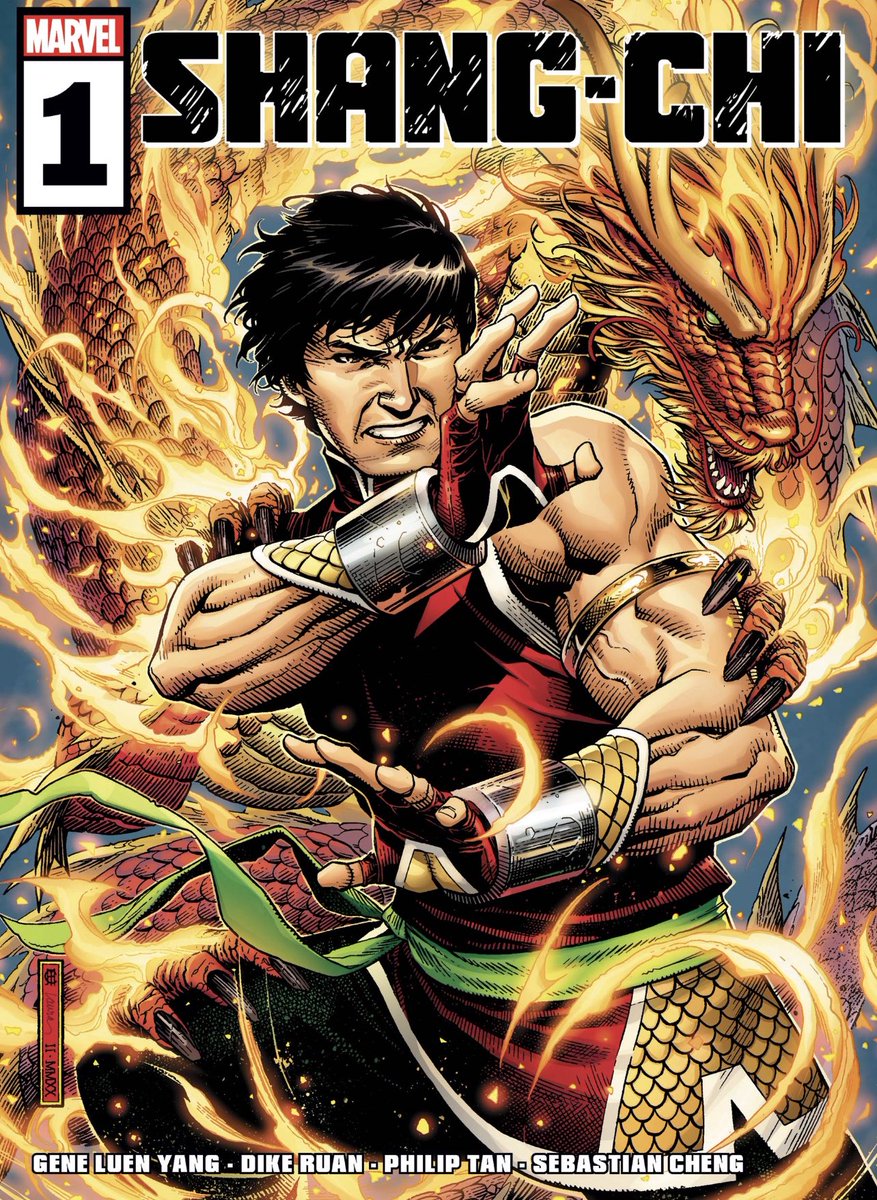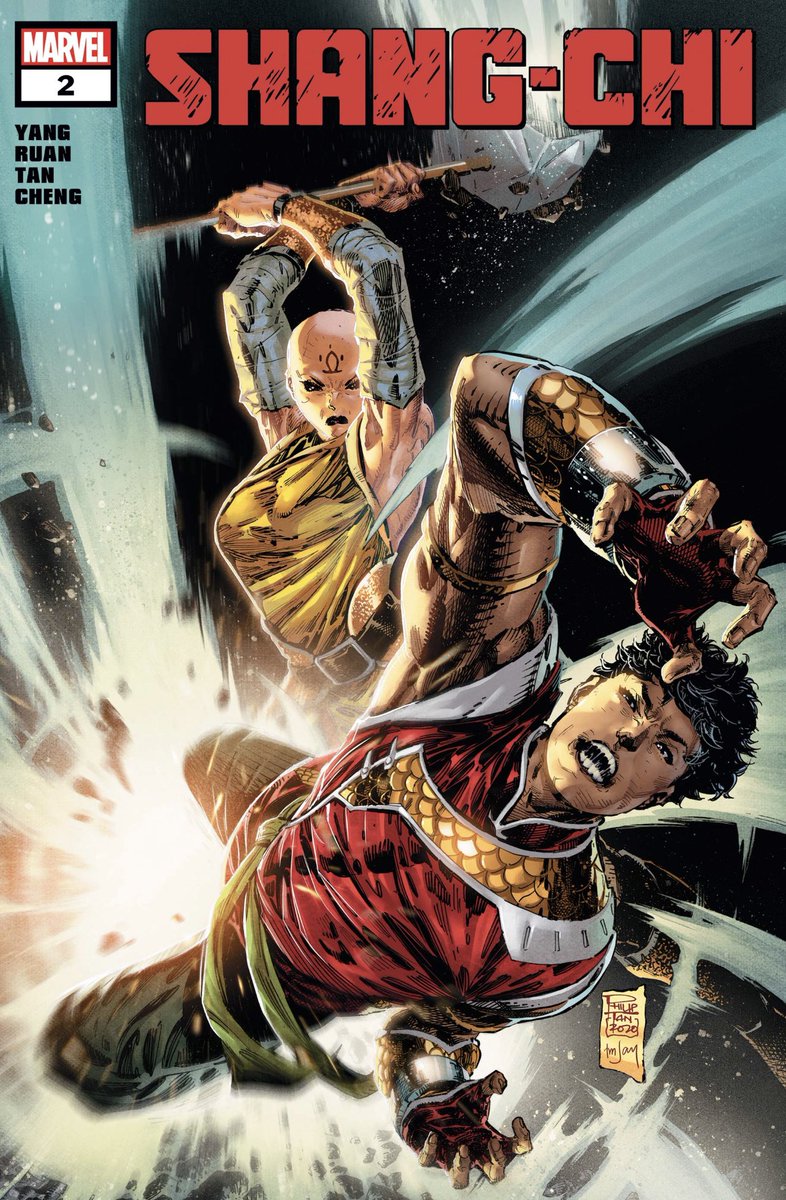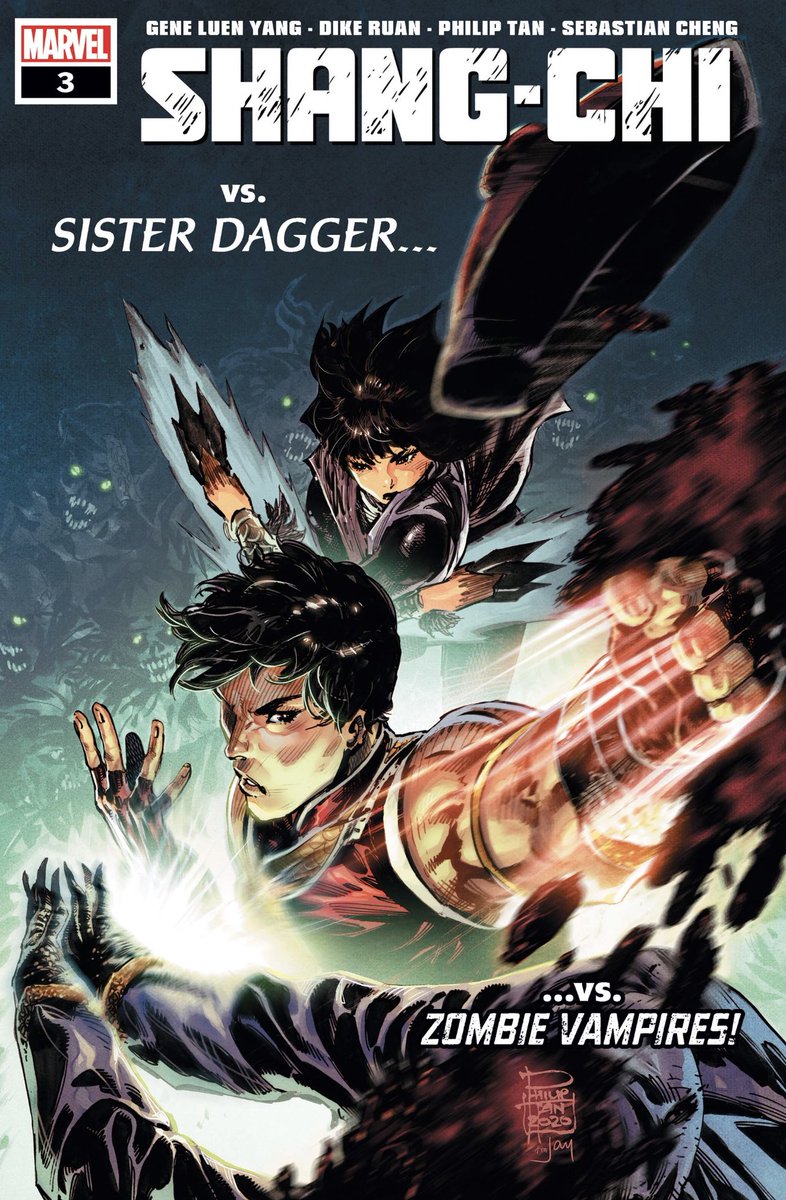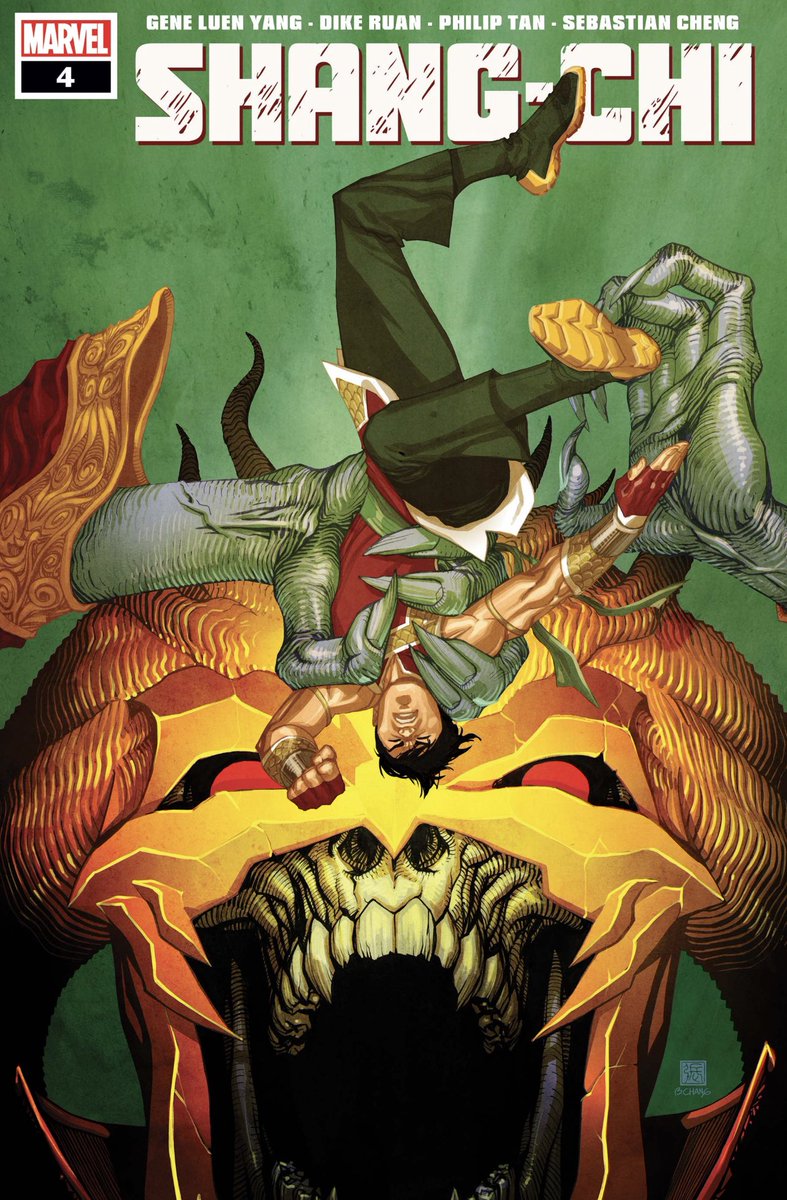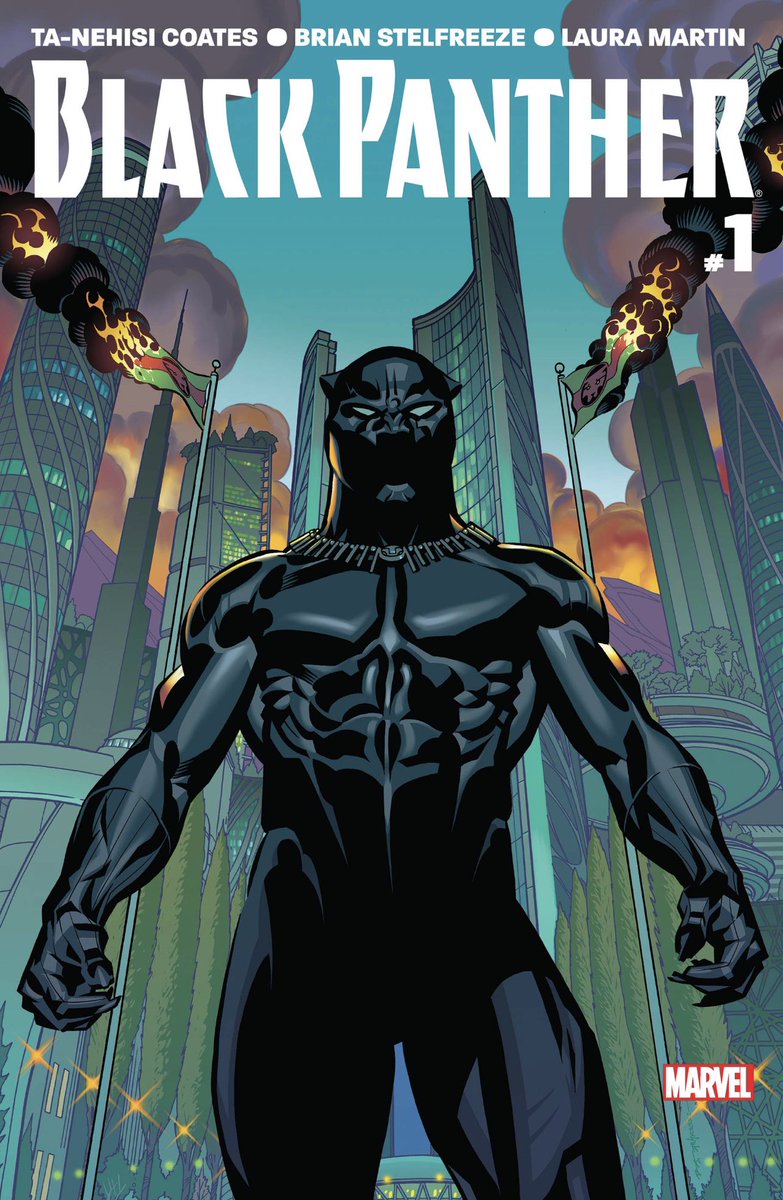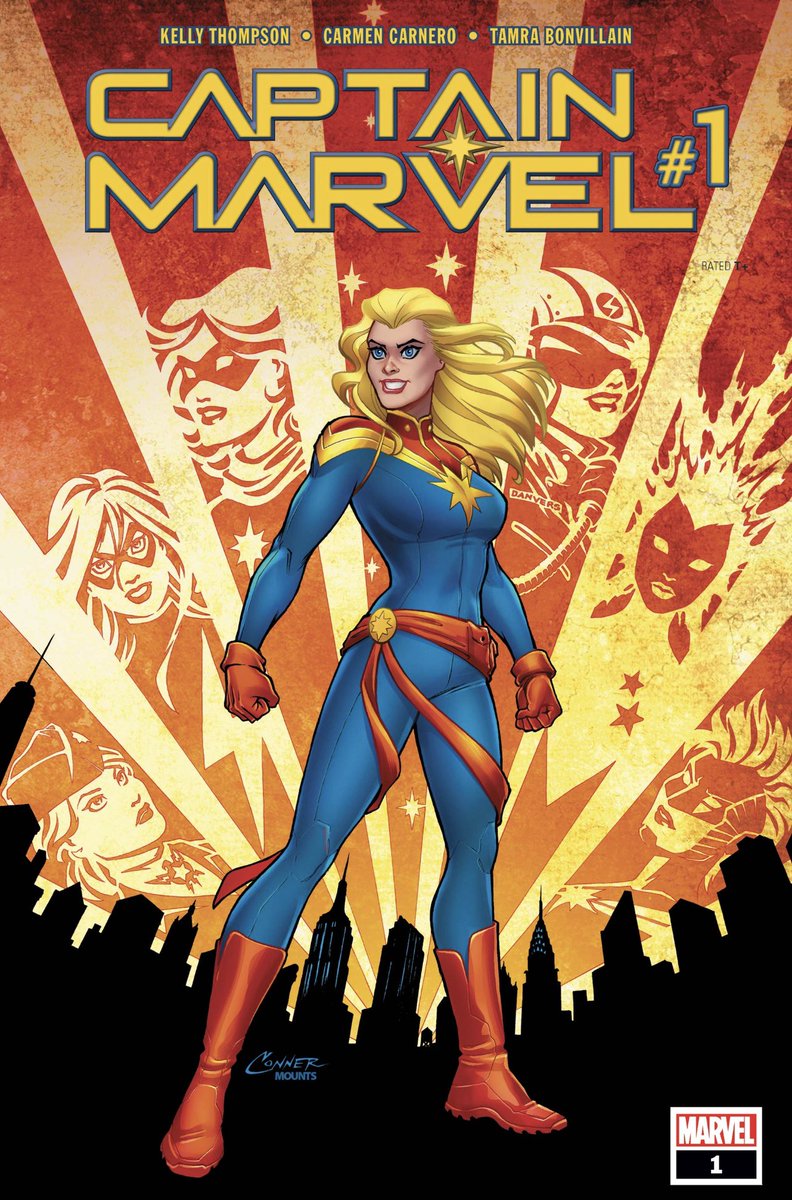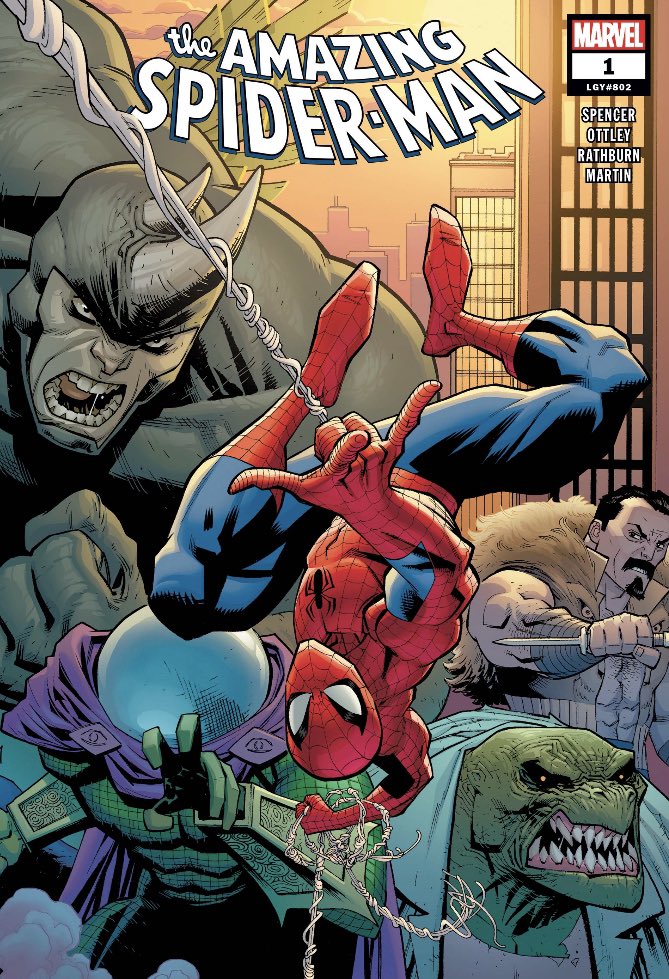guess now is as good a time as ever to finally make the thread on how to read and follow comics
[mute if not interested]
[mute if not interested]
so, you want to start to reading comics. honestly, good decision. but i won’t pretend like it’s easy cause this medium is nothing if not unwelcoming. and that’s not even talking about the community  https://abs.twimg.com/emoji/v2/... draggable="false" alt="🥶" title="Cold face" aria-label="Emoji: Cold face">
https://abs.twimg.com/emoji/v2/... draggable="false" alt="🥶" title="Cold face" aria-label="Emoji: Cold face">
luckily i’m one of the good guys.
luckily i’m one of the good guys.
i’m not an authority though so usual preface of no right way, just my opinion, etc. etc. but i’m something of a comic creator myself so i don’t have a gatekeeper’s perspective. the more people we can get to come on this sinking ship the merrier. anyways, on to the main topic.
comics as a medium is a lot like film, tv, and video games in that it can encompass a very wide range of genres and formats but at their core they all adhere to certain conventions that readers have come to expect.
stories told via sequential art contained in segmented panels.
stories told via sequential art contained in segmented panels.
when most people say « comics » they usually mean ongoing superhero stories created by marvel and dc, for good reason since it’s the most popular genre in the medium. but even japanese comics (or manga if you prefer) and all-digital webcomics adhere to the same simple format.
the big 2 (red and blue) is usually what people have in mind when they say they want get into comics though so that will be the primary focus of this thread, even though japanese comics are just as much part of the medium as the stuff from marvel and dc.
since i don’t really keep up with dc i will primarily use marvel as the example but they follow the same conventions so getting into one or the other will mostly be the same. but first we will go over the medium itself very quickly.
CREATION
comics are multi-faceted and usually have multiple people working together to deliver each aspect of the finished work. we call this group the creative team.
most typically you have around 4 or 5 people to thank for every comic you have in your grubby little fingers.
comics are multi-faceted and usually have multiple people working together to deliver each aspect of the finished work. we call this group the creative team.
most typically you have around 4 or 5 people to thank for every comic you have in your grubby little fingers.
in order from most important to least:
• editor
• artist (pencils, inks, colors; covers)
• writer
• letterer
we’ll go over each one by one.
• editor
• artist (pencils, inks, colors; covers)
• writer
• letterer
we’ll go over each one by one.
editors
basically the director of the book. will usually come up with the idea for the book and figure out the best creative team to work on it.
also edits the book, duh.
some cool editors: sana amanat, alanna smith, sarah brunstad, annalise bissa.
basically the director of the book. will usually come up with the idea for the book and figure out the best creative team to work on it.
also edits the book, duh.
some cool editors: sana amanat, alanna smith, sarah brunstad, annalise bissa.
artists
gods amongst men. heroes. saviors. design and draw everything to look as cool as possible. we don’t deserve them.
sometimes art duties are divided amongst inkers and colorists.
some cool artists: jen bartel, ramon villalobos, daniel irizarri, carmen carnero, cafu.
gods amongst men. heroes. saviors. design and draw everything to look as cool as possible. we don’t deserve them.
sometimes art duties are divided amongst inkers and colorists.
some cool artists: jen bartel, ramon villalobos, daniel irizarri, carmen carnero, cafu.
cover
sometimes the artist who draws the comic will also draw its cover, but this is usually done ahead of time by a different artist
usually have little to do with the actual story but just exist to look cool & show off the artist’s style
russell dauterman and bartel are https://abs.twimg.com/emoji/v2/... draggable="false" alt="👑" title="Krone" aria-label="Emoji: Krone">
https://abs.twimg.com/emoji/v2/... draggable="false" alt="👑" title="Krone" aria-label="Emoji: Krone">
sometimes the artist who draws the comic will also draw its cover, but this is usually done ahead of time by a different artist
usually have little to do with the actual story but just exist to look cool & show off the artist’s style
russell dauterman and bartel are
writers
come up the words that all the characters in the comic say. usually the most well-known people in the team
japanese comics are well-known for often having the writer and artist be the same person
some cool writers: KSD, fraction, zdarsky, ewing (eve & al), coates.
come up the words that all the characters in the comic say. usually the most well-known people in the team
japanese comics are well-known for often having the writer and artist be the same person
some cool writers: KSD, fraction, zdarsky, ewing (eve & al), coates.
letterers
they make the speech bubbles and captions and onomatopoeia sound effects that in the pages of the comics. underappreciated bc no one knows what they look like
used to be done by hand but now they just type
some cool letterers: clayton cowles i guess idk
they make the speech bubbles and captions and onomatopoeia sound effects that in the pages of the comics. underappreciated bc no one knows what they look like
used to be done by hand but now they just type
some cool letterers: clayton cowles i guess idk
FORMATS
in general comic stories can have one of five formats:
• backups
• single issues (one-shots & anthologies)
• miniseries
• ongoing series
• sagas/runs
in order of shortest/least complex to longest/most complex.
we’ll of course go over each one by one.
in general comic stories can have one of five formats:
• backups
• single issues (one-shots & anthologies)
• miniseries
• ongoing series
• sagas/runs
in order of shortest/least complex to longest/most complex.
we’ll of course go over each one by one.
BACKUPS
a backup story is usually a self-contained story that takes place at the end of a single issue, by a different creative team. usually around 2-4 pages long, backups are often used by editorial teams to try out new writers & artists and prepare them for their own books.
a backup story is usually a self-contained story that takes place at the end of a single issue, by a different creative team. usually around 2-4 pages long, backups are often used by editorial teams to try out new writers & artists and prepare them for their own books.
here is an example of a backup story that was at the end of champions (2020) #5 by the creative team that would be taking over the book once eve ewing left (iA she comes back one day ffs)
backups will often tease future stories as this does but they are always self-contained.
backups will often tease future stories as this does but they are always self-contained.
sometimes they are also used to refresh new readers on the histories of the characters the book focuses on.
anthologies will often be entirely made up of stories like this, simply compiled into one single issue (more on both later)
many webcomics also use this format.
anthologies will often be entirely made up of stories like this, simply compiled into one single issue (more on both later)
many webcomics also use this format.
SINGLE ISSUES
the quintissential comic format, the one that started it all and still endures to this day (for better or worse)
a single-issue is a full comic story usually between 20-40 pages that while telling a complete story are often part of a larger narrative
the quintissential comic format, the one that started it all and still endures to this day (for better or worse)
a single-issue is a full comic story usually between 20-40 pages that while telling a complete story are often part of a larger narrative
one-shots
single issues that is its own complete narrative and not part of a miniseries or an ongoing series, though elements of their stories are often built on later.
like backups, they are usually used to test out new creative teams & ideas before giving them bigger books.
single issues that is its own complete narrative and not part of a miniseries or an ongoing series, though elements of their stories are often built on later.
like backups, they are usually used to test out new creative teams & ideas before giving them bigger books.
anthologies
single issues that collect short backup-style stories by multiple creative teams and compile them into the length of a full story. usually not of narrative consequence, just casual.
marvel will often use them to highlight their female, queer and/or black creators.
single issues that collect short backup-style stories by multiple creative teams and compile them into the length of a full story. usually not of narrative consequence, just casual.
marvel will often use them to highlight their female, queer and/or black creators.
MINISERIES
consisting of 2 to 6 single issues by the same creative team, this is usually a shorter story arc focusing on one character or team
often focusing on less popular characters & creators, the stories successful miniseries will usually be continued in ongoing series
consisting of 2 to 6 single issues by the same creative team, this is usually a shorter story arc focusing on one character or team
often focusing on less popular characters & creators, the stories successful miniseries will usually be continued in ongoing series
ONGOING SERIES
the bulk of the industry and its business model (for better or worse), as the name suggests, these are continuous stories made up of monthly single issues by the same creative team that focus on one character & team and the world around them.
the bulk of the industry and its business model (for better or worse), as the name suggests, these are continuous stories made up of monthly single issues by the same creative team that focus on one character & team and the world around them.
often a source of joy & anxiety among fans & creators alike; thanks to the way the industry has chosen to set itself up, if your name is not spider-man or batman an ongoing series is seen* as a risk, and they can be canceled when they underperform**
(*, ** - more on these later)
(*, ** - more on these later)

 Read on Twitter
Read on Twitter![guess now is as good a time as ever to finally make the thread on how to read and follow comics[mute if not interested] guess now is as good a time as ever to finally make the thread on how to read and follow comics[mute if not interested]](https://pbs.twimg.com/media/Ezwi_2vWQAE6mh4.jpg)
![guess now is as good a time as ever to finally make the thread on how to read and follow comics[mute if not interested] guess now is as good a time as ever to finally make the thread on how to read and follow comics[mute if not interested]](https://pbs.twimg.com/media/Ezwi_2sX0AIlaI1.jpg)
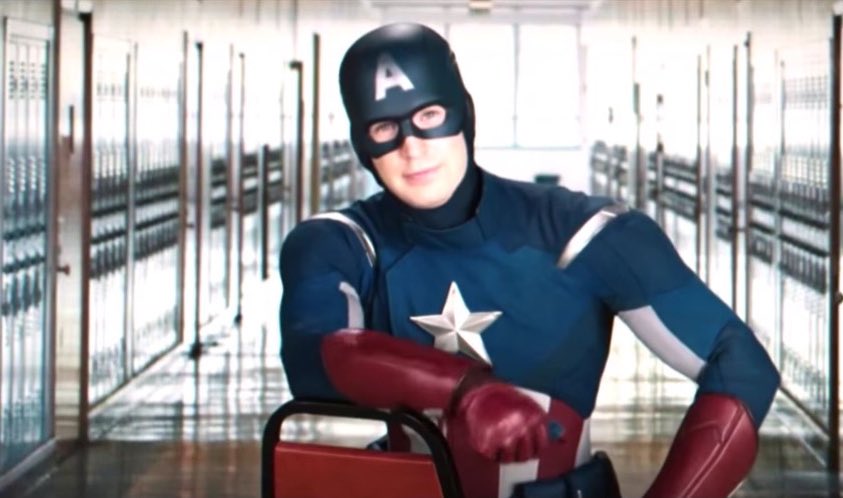 luckily i’m one of the good guys." title="so, you want to start to reading comics. honestly, good decision. but i won’t pretend like it’s easy cause this medium is nothing if not unwelcoming. and that’s not even talking about the community https://abs.twimg.com/emoji/v2/... draggable="false" alt="🥶" title="Cold face" aria-label="Emoji: Cold face">luckily i’m one of the good guys." class="img-responsive" style="max-width:100%;"/>
luckily i’m one of the good guys." title="so, you want to start to reading comics. honestly, good decision. but i won’t pretend like it’s easy cause this medium is nothing if not unwelcoming. and that’s not even talking about the community https://abs.twimg.com/emoji/v2/... draggable="false" alt="🥶" title="Cold face" aria-label="Emoji: Cold face">luckily i’m one of the good guys." class="img-responsive" style="max-width:100%;"/>
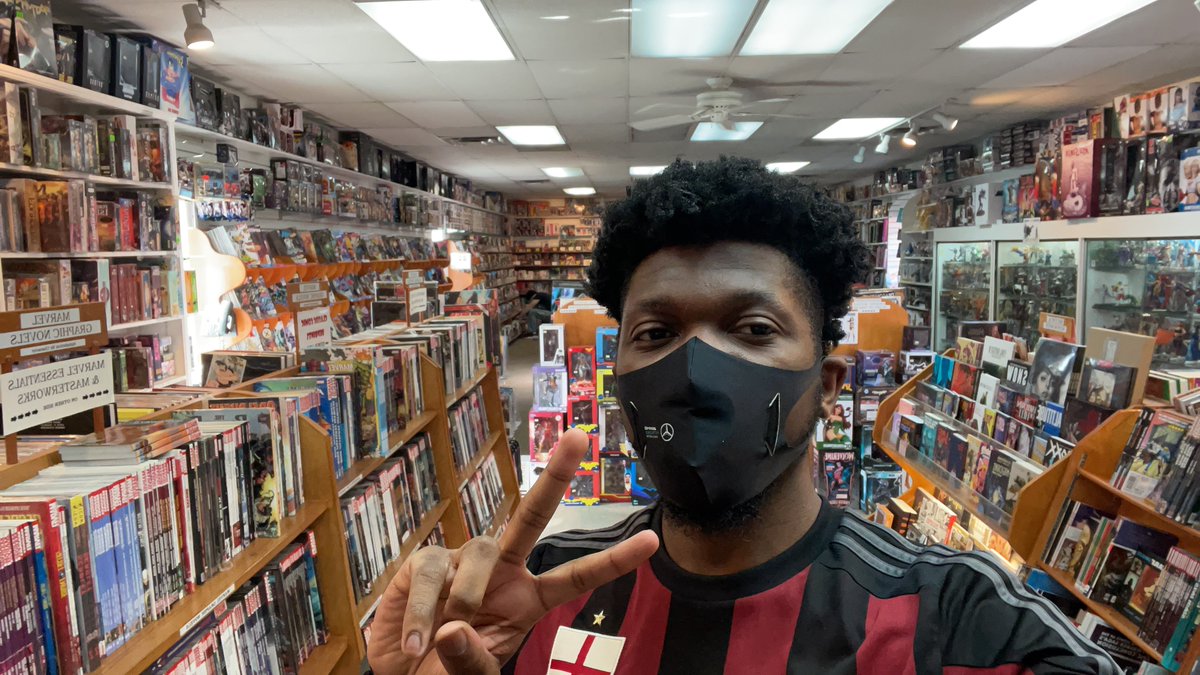
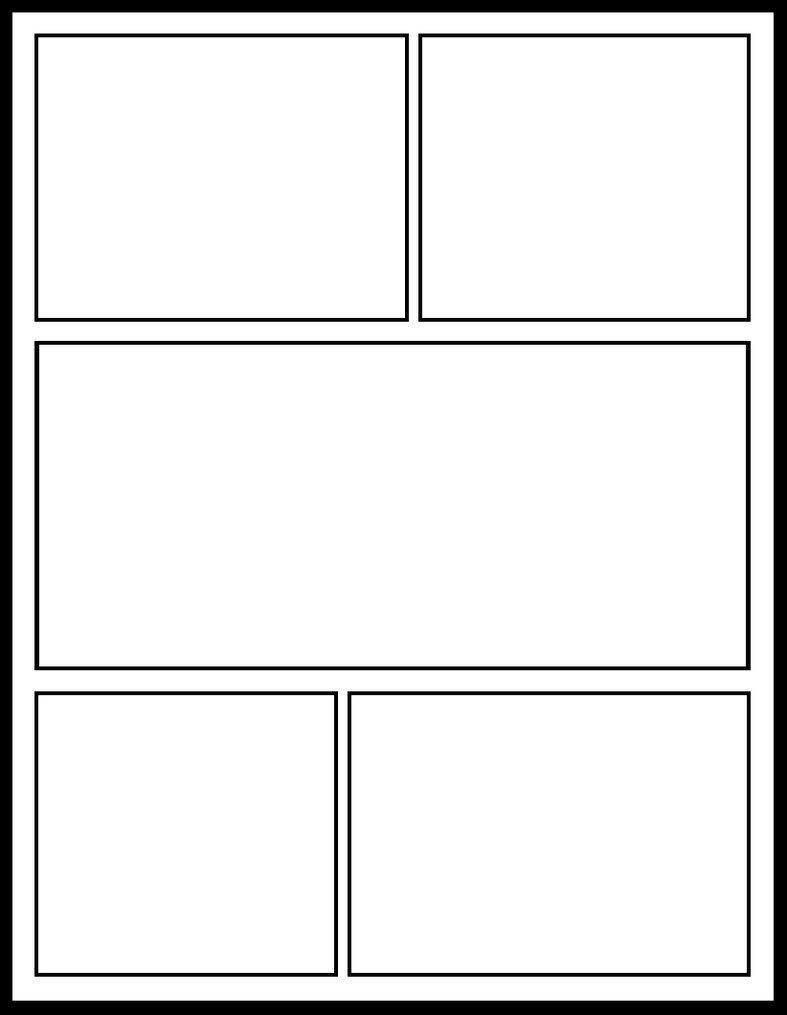
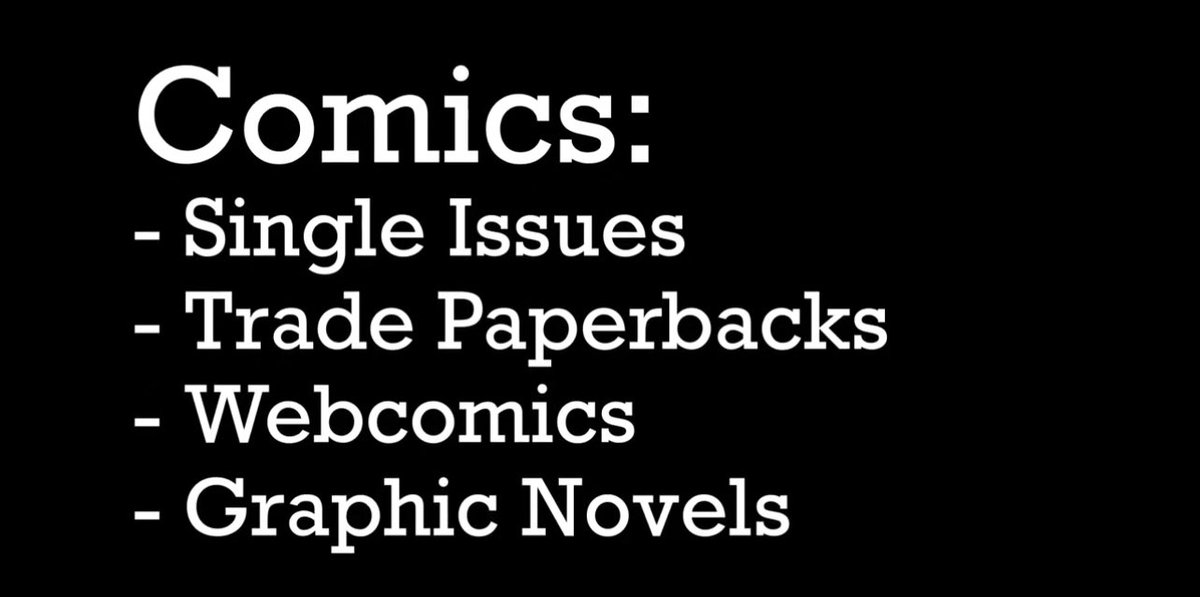
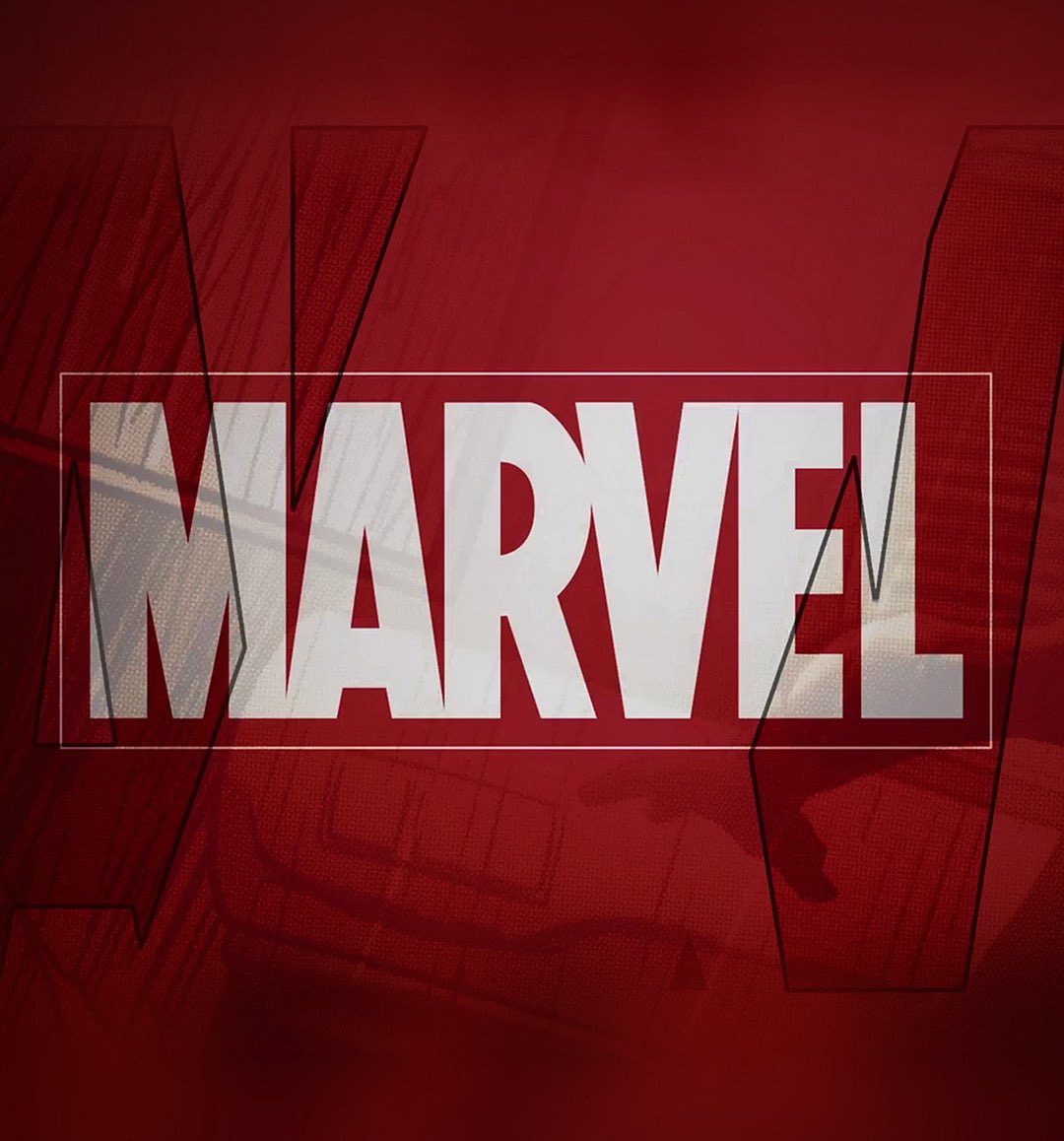
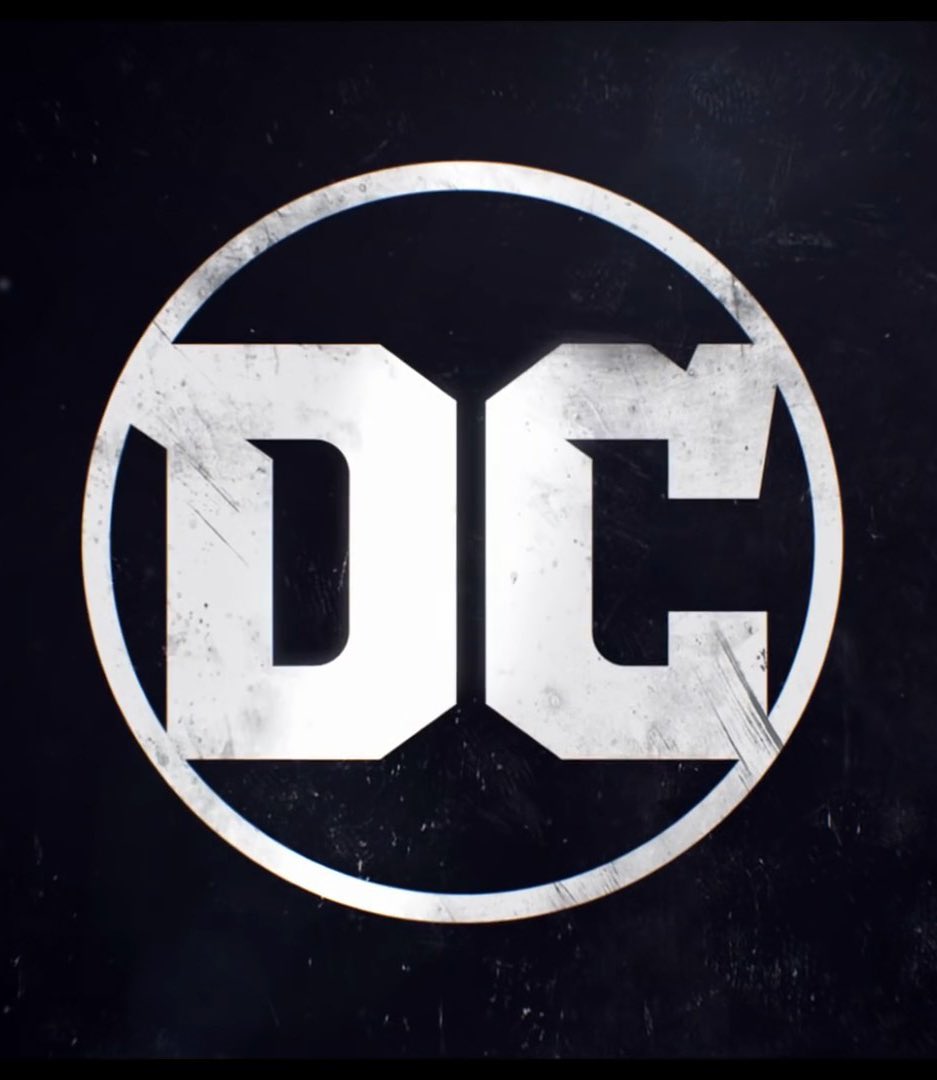
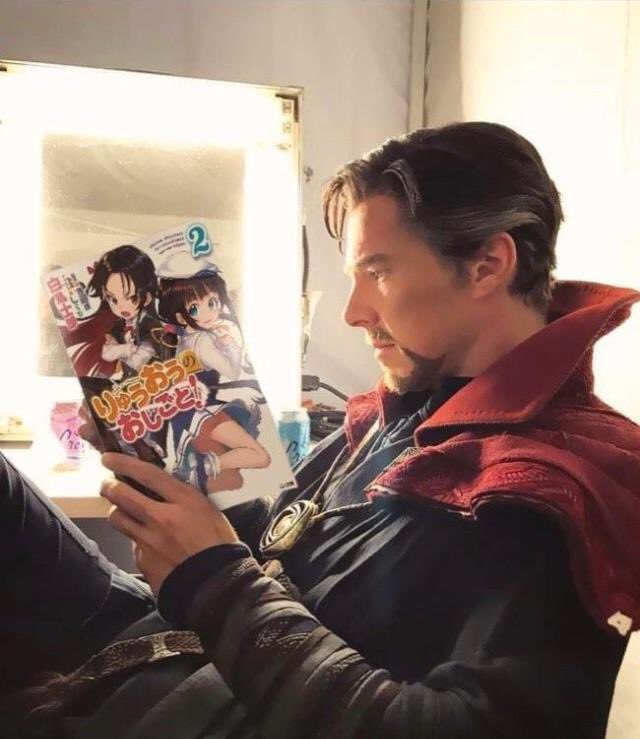
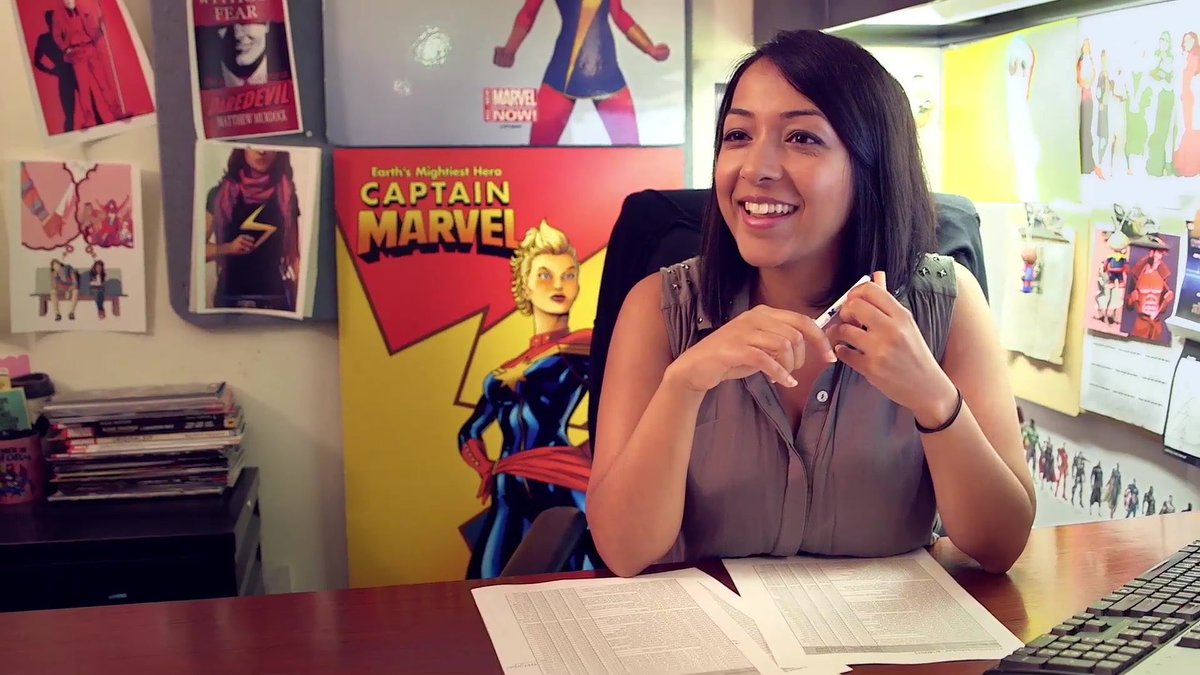

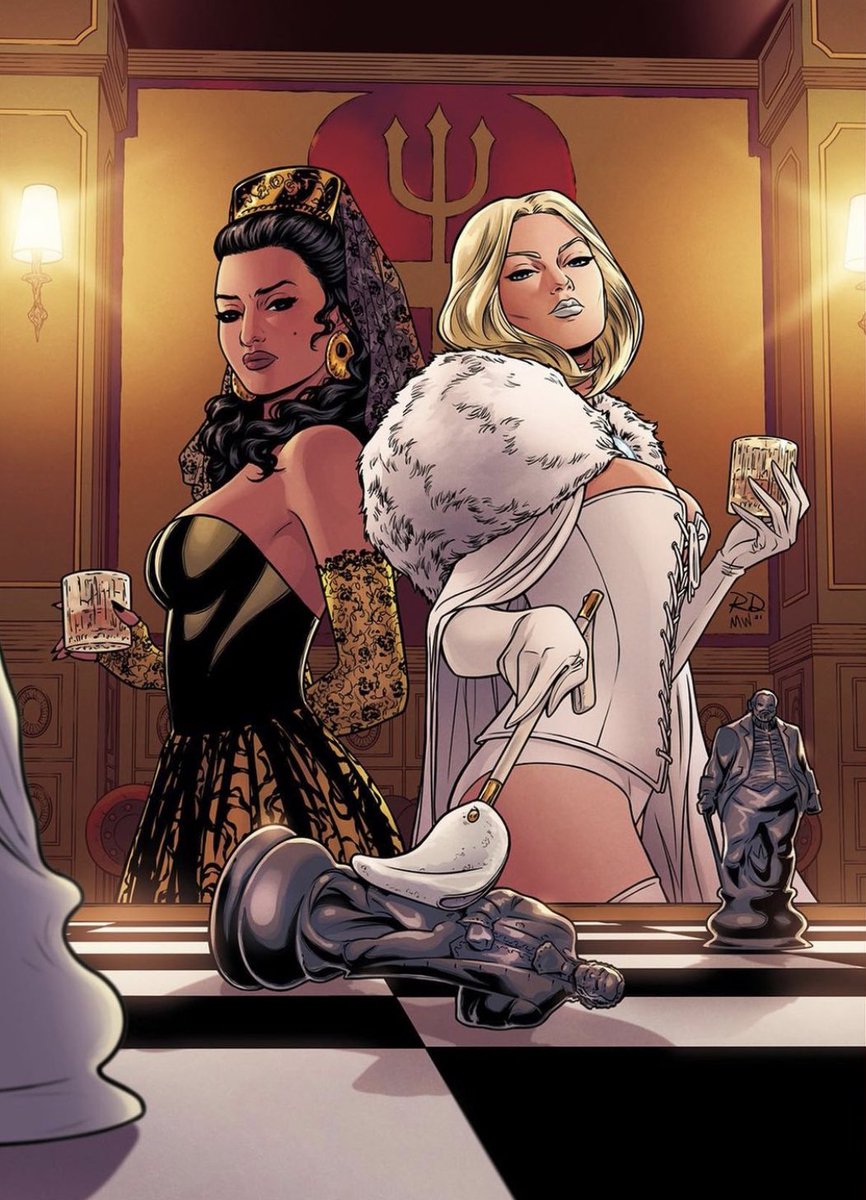 " title="coversometimes the artist who draws the comic will also draw its cover, but this is usually done ahead of time by a different artistusually have little to do with the actual story but just exist to look cool & show off the artist’s stylerussell dauterman and bartel are https://abs.twimg.com/emoji/v2/... draggable="false" alt="👑" title="Krone" aria-label="Emoji: Krone">">
" title="coversometimes the artist who draws the comic will also draw its cover, but this is usually done ahead of time by a different artistusually have little to do with the actual story but just exist to look cool & show off the artist’s stylerussell dauterman and bartel are https://abs.twimg.com/emoji/v2/... draggable="false" alt="👑" title="Krone" aria-label="Emoji: Krone">">
 " title="coversometimes the artist who draws the comic will also draw its cover, but this is usually done ahead of time by a different artistusually have little to do with the actual story but just exist to look cool & show off the artist’s stylerussell dauterman and bartel are https://abs.twimg.com/emoji/v2/... draggable="false" alt="👑" title="Krone" aria-label="Emoji: Krone">">
" title="coversometimes the artist who draws the comic will also draw its cover, but this is usually done ahead of time by a different artistusually have little to do with the actual story but just exist to look cool & show off the artist’s stylerussell dauterman and bartel are https://abs.twimg.com/emoji/v2/... draggable="false" alt="👑" title="Krone" aria-label="Emoji: Krone">">

